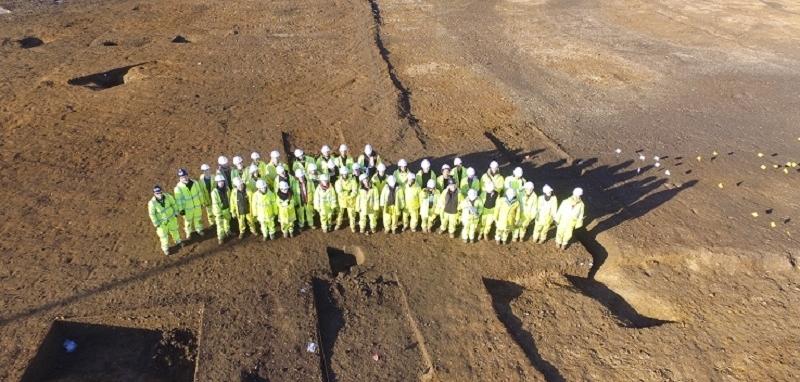10 Things You Might Not Know about Archaeology
Archaeology is an amazing career. We get to explore and debate how life has been and can be lived, and we get to share this knowledge with people in a way which benefits society.
In December 2020, we launched our new early careers training programmes. We have two programmes – one is for graduates and one is designed for people who are new to archaeology.
If you don’t know an archaeologist or haven’t worked with one before, you might not know what they actually do or you might think we dothings that we don’t.
So we thought we would we would pull together a list of things you might not know about archaeology:
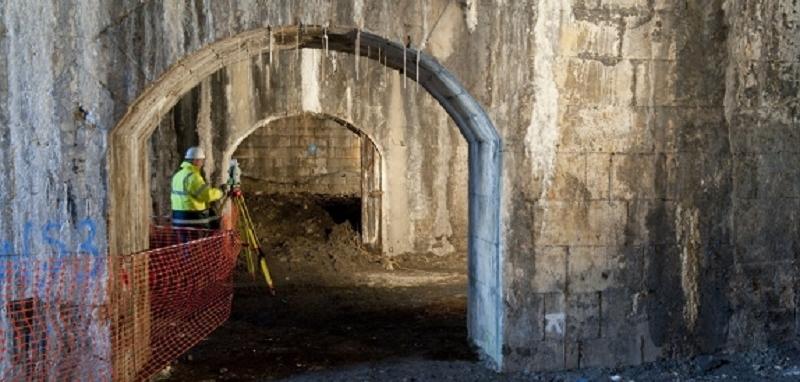
2) Archaeologists usually have a good idea of what they'll find before they start digging
Archaeologists get more information about the history of an area with every site they dig. Combining this with historical records, such as maps, helps them predict what will be on a new site. They can estimate how deep underground the archaeology will be found and how well it will be preserved.
There are still surprises. In 2018, when digging along the River Thames for Tideway’s new super sewer, MOLA found the skeleton of a medieval man face down in the mud, still wearing knee-high leather boots… (you can read more about the mystery of the ‘booted man’ here).
3) Archaeologists aren't only interested in gold
You might think archaeologists are only interested in the most precious items, like coins, gold jewellery or well-preserved objects. But often the most common items – like pottery, clay tobacco pipes, glass bottles or bricks – can tell them the most information. They help build a picture of people’s lives. Sometimes, not finding an object we thought would be there tells us something about the people.
Archaeologists don’t always dig in exciting places either. They are more likely to work in a car park in Leicester than by the pyramids in Egypt. But that car park might just contain the grave of a king of England…
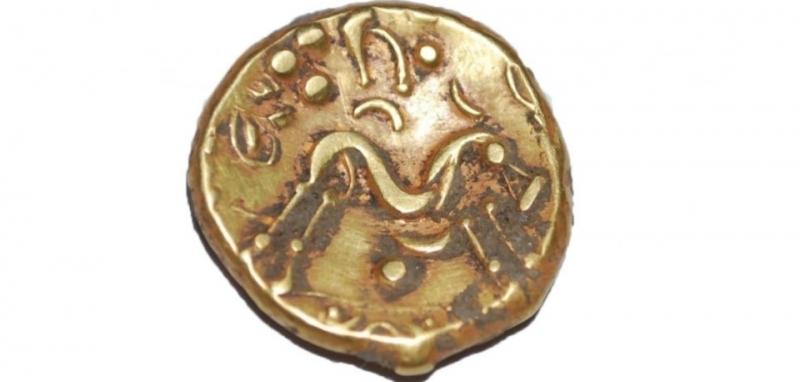
4) Dinosaurs aren't involved in archaeology
Archaeology is the study of human history through physical objects and other evidence left behind. This doesn’t include dinosaurs because they were on Earth more than 58 million years before our first human ancestors.
But palaeontology (the study of dinosaurs) uses similar methods to archaeology. These include digging in layers and making careful records.
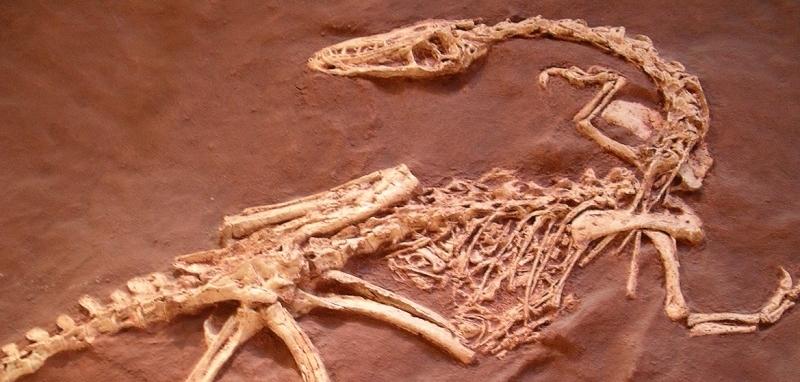
5) Archaeologists don't use brushes very often
Many people think archaeologists spend all day brushing dirt off the items they find. They do sometimes use brushes to clean surfaces for clear photographs. But they mainly use tools like trowels, shovels or mattocks (pickaxes with flat blades). A normal day involves a lot of heavy digging. They also must work quickly as they are usually part of a wider construction project.
Sometimes archaeologists work with very fragile items. For this they would normally use tools like a thin ‘leaf’ trowel – but rarely a brush.
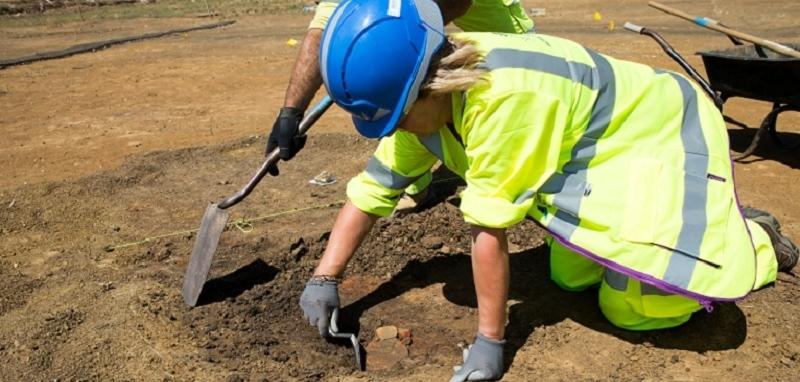
6) Archaeologists can use technology to learn what is underground instead of digging
Archaeologists don’t have to dig to learn about what is underground. Geophysical survey uses electric and magnets to find tiny differences in the earth and creates a map of potential archaeology underneath. Drones can also be used to take aerial photographs, where things like cropmarks can be clues to past human activity. MOLA used both of these at Borough Hill in Daventry.
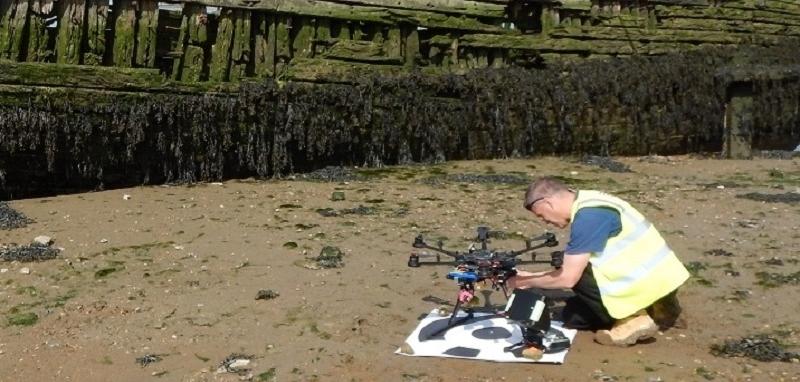
7) Indiana Jones was a bad archaeologist
Any archaeologist will tell you that ‘context’ is important to learn about the things they find. A context is a layer in the ground. It tells us a lot about how and when an object got there. Once the object is taken away from the context, you cannot go back, so archaeologists must carefully record important details about it before it is removed. These include the shape and thickness of the layer and where it was on the site.
This is why Indiana Jones’ ‘smash and grab’ approach makes modern archaeologists cringe.
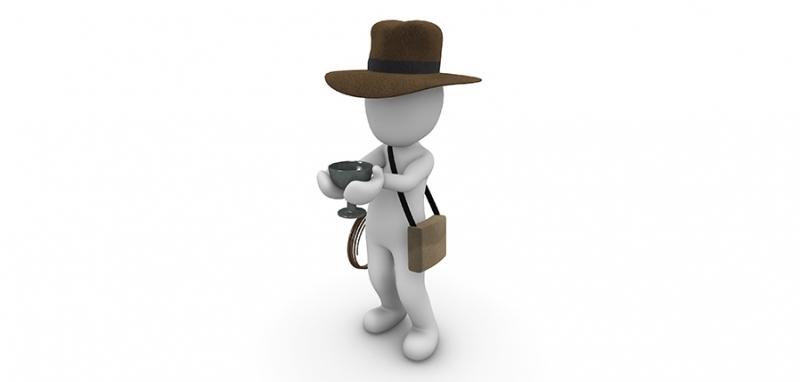
8) Archaeology is protected in the UK
In 1990, the UK Government made archaeology part of the planning process for the first time.
This means that people who want to build on a site have to make sure that archaeological remains won’t be lost or damaged by their work. Archaeologists from organisations like MOLA help these people treat, handle and manage the remains in the right way through the while the building work takes place.
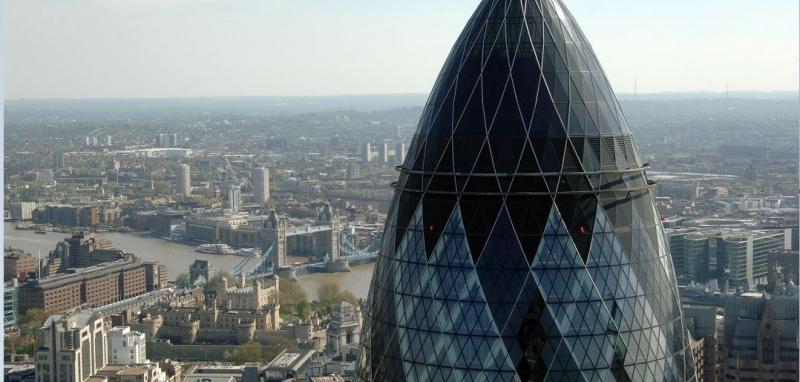
9) Archaeology can take you on a journey you didn't expect
Sometimes archaeologists find things they don’t understand. They have to carry out research to learn more about what they found and sometimes the explanation is not what they expected. When MOLA excavated a medieval cemetery at Spitalfields Market in London we came across some big burial pits. We normally find these when there has been a disaster and there were too many people to bury in their own graves. Archaeologists thought the deaths were caused by the Black Death or Great Famine, but the dates of the skeletons didn’t match.
So, we turned to documents from that time and learned about a massive volcano eruption in 1258 in Indonesia. It was so big that it caused a ‘dry fog’ to cool the Earth’s surface. It affected countries across the world, causing a famine and thousands of deaths. This is the first archaeological evidence for this volcanic eruption, and it came from an East London cemetery!
10) Archaeology is for everybody
Archaeology is a science, an art and a form of physical work. It’s varied and can appeal to people with different interests and skills. At MOLA our projects need different people in many roles, including site workers, project managers, surveyors, illustrators, finds specialists, conservators and archivists. We also have a large team working to share our skills and knowledge with members of the public. This is part of our charitable purpose and something we’re very proud of.
Many of these roles require specific knowledge, but you can still have a career in archaeology without having a university degree. MOLA is creating new ways into archaeology by offering paid training.
